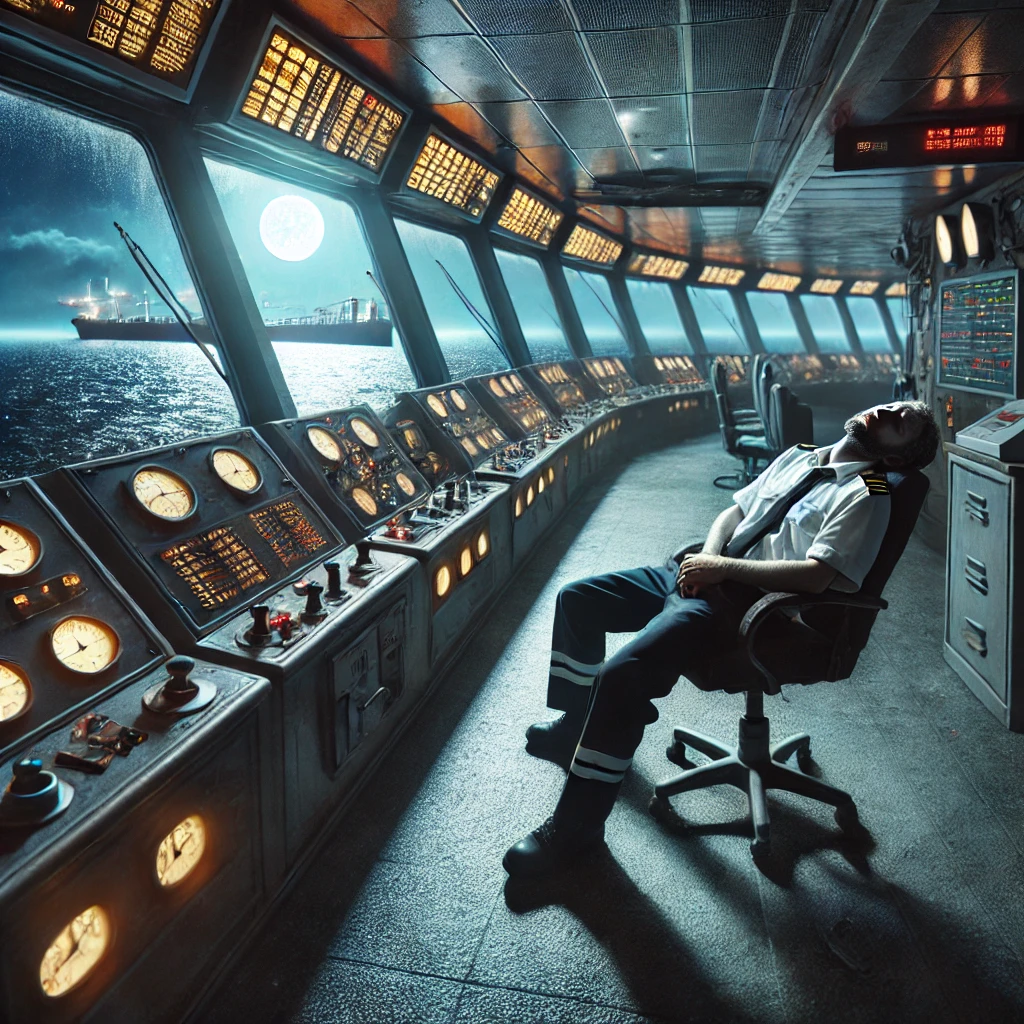PRINCE RUPERT, BC, June 20, 2022 /CNW/ – Preclearance, which helps travel and trade move more efficiently across the Canada-U.S. border, is a major asset for both of our countries. Preclearance locations have operated at major Canadian airports for years, while more marine and rail locations in British Columbia have U.S. “pre-inspection” operations limited to immigration screening. In recent years, the government has been working collaboratively with the United States to convert them to preclearance.
The Minister of Public Safety, the Honourable Marco Mendicino, and the Minister of Transport, the Honourable Omar Alghabra, today announced the conversion of the first marine location in Canada to preclearance, at the Alaska Marine Highway System Ferry Terminal at Prince Rupert in British Columbia.
U.S. preclearance at this location will help bolster travel and trade by ensuring secure, fast, and reliable service for travellers heading by ferry between British Columbia and Alaska.
Travellers can now fully clear U.S. Customs and Border Protection at the Alaska Marine Highway System Ferry Terminal in Prince Rupert, resulting in a quicker and easier arrival in Alaska. Until 2019, Prince Rupert had a more limited pre-inspection facility. Preclearance will also better serve the people of Metlakatla First Nation in British Columbia and the Metlakatla Indian Community in Alaska, who rely on the ferry service.
Canada and the United States share the longest border in the world. The 2019 Agreement on Land, Rail, Marine, and Air Transport Preclearance authorizes expanded preclearance for travellers at land, rail, and marine facilities in both countries, as well as at additional airports. The conversion of the existing immigration pre-inspection services at Prince Rupert to a preclearance facility is another example of our countries’ shared commitment to facilitating travel and strengthening our economies.
Quotes
“The newly converted U.S. preclearance facility in Prince Rupert, British Columbia represents a major milestone for our two countries, as the very first marine preclearance location in Canada. Given its significant benefits from both an economic and security perspective, the government will continue working with our American partners to expand preclearance at more airports, ports and train stations so people and goods can move more smoothly across our shared border.”
– The Honourable Marco Mendicino, Minister of Public Safety
“For many years, Canadians have enjoyed the benefits of preclearance when flying to the United States. Now, for the first time, the Canadian marine facility, the Alaska Marine Highway System Ferry Terminal in Prince Rupert, will also provide U.S. preclearance. By facilitating the transit of people and their accompanying goods between the two countries, we further promote economic growth in the Prince Rupert area.”
– The Honourable Omar Alghabra, Minister of Transport
“The formalization of the U.S. Customs and Border Protection (CBP) preclearance process at Prince Rupert is the result of a multi-year effort by the Government of the United States, the Government of Canada, and the State of Alaska that will enable passengers to easily travel between Canada and Alaska using the Alaska Marine Highway System Ferry Service. CBP Officers and Agriculture Specialists will process passengers at Prince Rupert prior to departure, thereby facilitating legitimate entry into the United States.”
– Bruce Murley, CBP Acting Director of Field Operations in San Francisco
Quick Facts
- Preclearance is the process by which border officers from the United States carry out immigration, customs, and agriculture inspections and other requirements in Canada before allowing the movement of goods or people across the border.
- Canada and the United States have a long history of successful preclearance operations, with over 16 million passengers a year precleared for flights to the United States from Canada’s eight largest airports prior to the COVID-19 pandemic.
- In March 2015, Canada and the United States signed a new treaty entitled the Agreement on Land, Rail, Marine and Air Transport Preclearance between the Government of Canada and the Government of the United States of America (LRMA), which was a commitment of the 2011 Beyond the Border Action Plan. It entered into force in August 2019.
- The Government of Alaska operates the ferry service between Ketchikan, Alaska and Prince Rupert, British Columbia, and leases the Alaska Marine Highway System Ferry Terminal from the Port of Prince Rupert. This immigration pre-inspection facility has historically enabled the ferry to transport approximately 7,000 passengers and 4,500 vehicles across the border every year.
- According to the Prince Rupert Port Authority’s 2021 Economic Impact report, the Port contributes significantly to the local, regional, and national economy, directly supports 3,700 jobs and approximately $360 million in wages annually. It is also the third largest port in Canada by value of trade.
SOURCE Public Safety and Emergency Preparedness Canada







